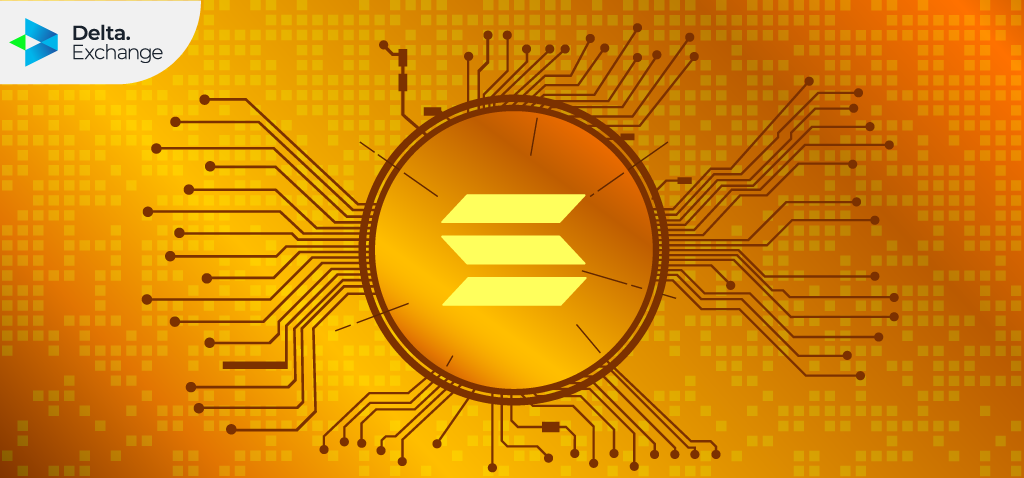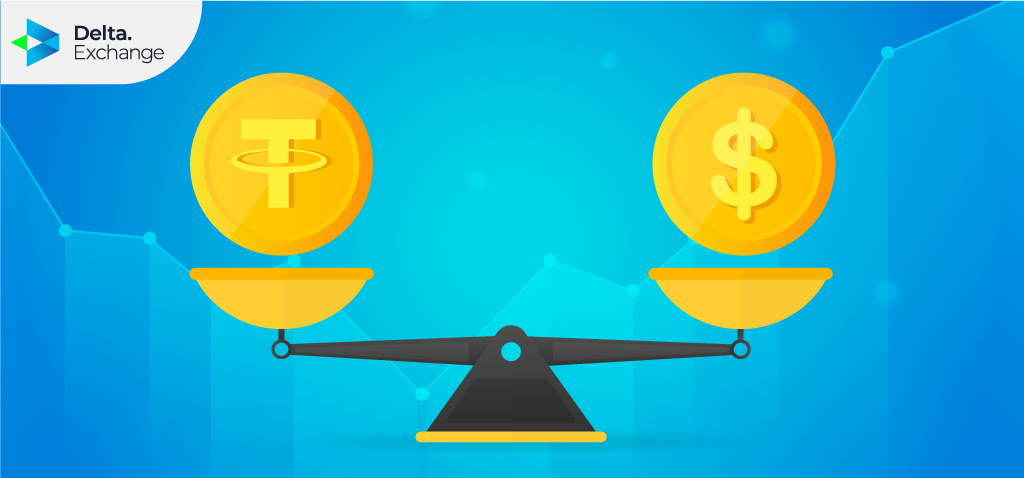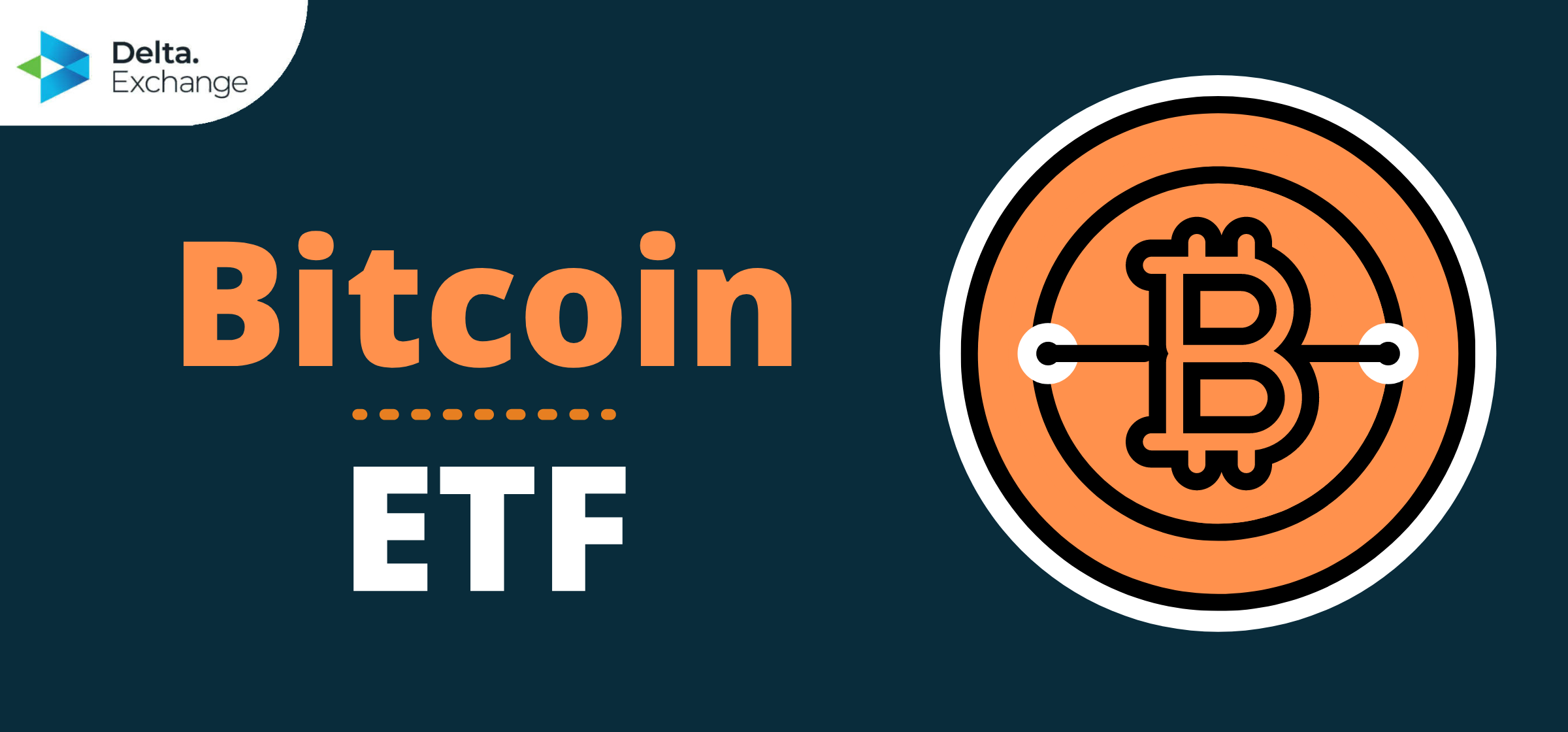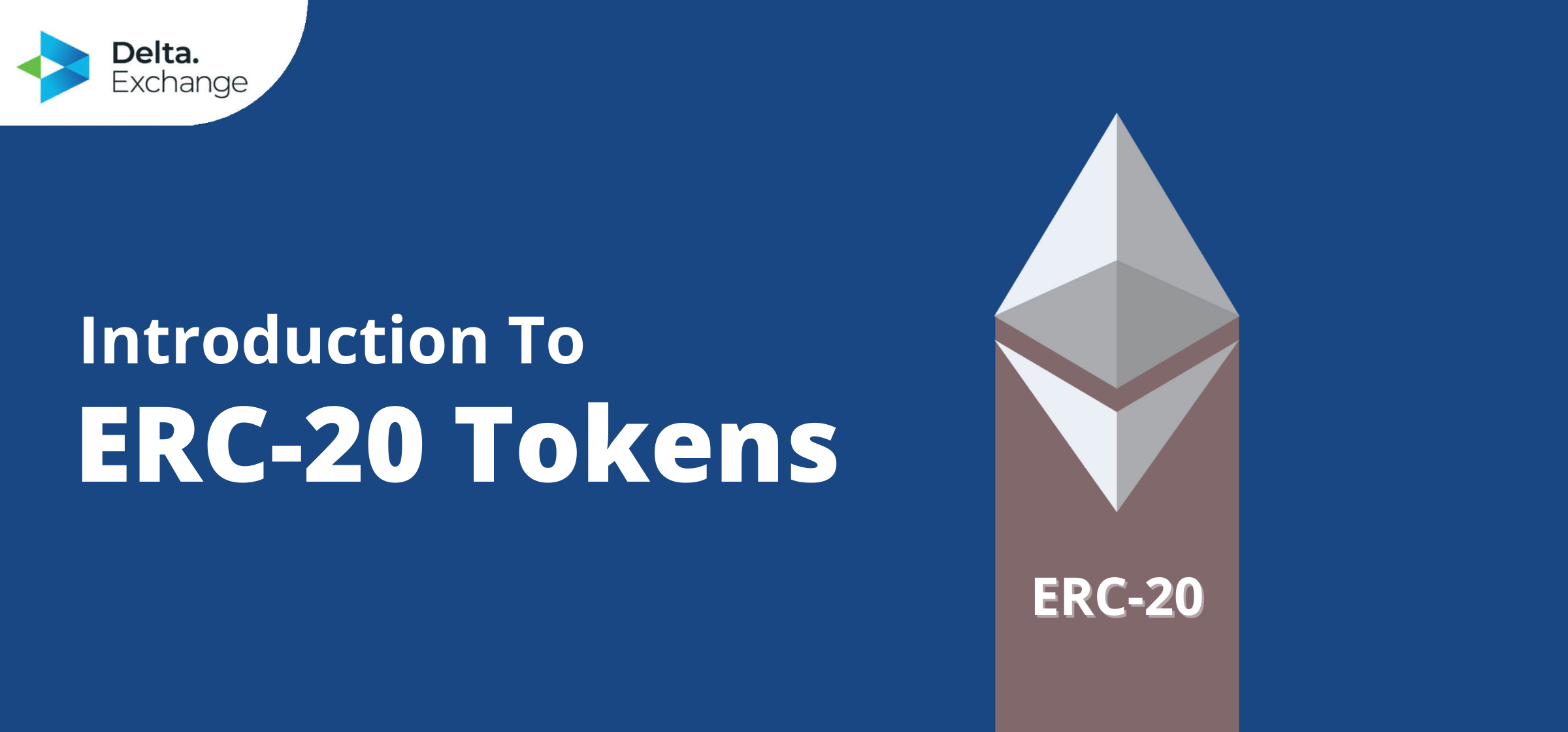Educational
October 6, 2021
WHAT IS SOLANA?
Shubham GoyalProduct Specialist
Scalability is one of the most challenging aspects of blockchain technology to beat. As these networks expand, they often encounter dealing with speed and confirmation time limitations. Solana makes an attempt to unravel these problems while maintaining security and decentralization.
Introduction
Solana is a public Proof of stake blockchain network that specializes in high throughput and speedy transactions. It’s decentralized and open-source, with consensus based on proof of stake and proof of history. To boost speed, it uses a one-of-a-kind approach of transaction ordering. Users can use SOL, the network’s native cryptocurrency, to pay for transaction fees and interact with smart contracts. According to Bloomberg, Solana is “a potential long-term competitor for Ethereum.”
The Solana blockchain, which was founded in 2017 by Anatoly Yakovenko of Solana Labs, includes a new way of transaction verification. Scalability and speed difficulties affect Bitcoin, Ethereum, among several other projects. The Solana blockchain can process thousands of transactions per second using a Proof of History (PoH) mechanism.
Solana has around 900 validators as of May 2021, making it a somewhat decentralized network. A complete of 489 million SOL tokens are going to be free into circulation, by the Solana Foundation. Some 260 million of those have already hit the market.
How is the Solana network secured?
Proof of History (POH) is the core Solana invention; it is not a consensus protocol or an anti-Sybil mechanism. Instead, POH is a method of reducing the time required for confirming transaction order. For cryptocurrencies, keeping track of transaction orders is necessary. Bitcoin does this by grouping transactions into blocks that are linked by a single timestamp. These blocks must be validated by each node in agreement with the other nodes. This system adds a considerable quantity of your time for nodes across the network to verify a block.
Solana, on the other hand, has a unique approach. Along with POH, selecting the next validator for a block becomes significantly easier when proof of stake is used. Because nodes need less time to validate transaction order, the network will opt for a new validator a lot quickly.
What is Proof of History?
Other blockchains require validators to communicate with one another to agree that time has passed, whereas Solana requires all validators to keep their own clock running by solving SHA256-based VDF on a regular basis.
The SHA256 hash algorithm is used to hash all Solana events and transactions. This function takes an input and generates a one-of-a-kind output that is nearly impossible to predict. Sha256 loops as quickly as possible, with each output serving as the input for the next transaction. The hashed output now includes the order of the transactions.
This hashing technique leads to an extended, uninterrupted chain of hashed transactions. Without the use of a traditional timestamp, this feature creates a clear, verifiable order of transactions that a validator adds to a block. Validators can simply verify how much time has elapsed because hashing takes a given amount of time to finish.
Both the timing and the order of events are guaranteed by this data structure. You can build a historical record with Proof of History that confirms an event occurred at a given point in time. The PoH is a high-frequency Verifiable Delay Function (VDF), which is a function that needs a set of sequential steps to evaluate but yields a unique result that can be efficiently and openly verified.
Key characteristics of Solana
It is not only ultra-fast and low-cost, but it essentially avoids censorship. This suggests that the network will stay available for apps to function freely and that transactions will never be interrupted.
The Solana team has built eight fundamental technical characteristics to make the blockchain match the capabilities of a centralized system. The most famous is perhaps Proof of History, although there are others as well:
- Practical Byzantine Fault Tolerance (Tower BFT) is a PoH-optimized variant of Practical Byzantine Fault Tolerance.
- Turbine is a protocol for block propagation.
- Gulf Stream is a transaction forwarding protocol that does not use a mempool.
- Sealevel — Run-time of parallel smart contracts
- Pipelining is a Transaction Processing Unit that optimizes validation.
- Cloudbreak — Horizontally-Scaled Accounts Database
- Archivers — Distributed ledger storage
These characteristics combine to supply a superior network with block durations of 400 milliseconds and thousands of transactions per second. To place this in context, Bitcoin’s block time is around 10 minutes, and Ethereum’s is around 15 seconds.
SOL token holders can participate in the blockchain’s PoS consensus mechanism by staking their tokens. You can stake your tokens with validators who process the network’s transactions using a compatible crypto wallet. Those who have staked share some of the rewards with a successful validator. This incentive system encourages validators and delegators to act in the best interests of the network.
What exactly is a SOL token?
SOL is the native cryptocurrency of Solana, and it serves as a utility token. When making transfers or engaging with smart contracts, users will need SOL to pay transaction fees. As part of its deflationary strategy, the network burns SOL. Holders of SOLs can also operate as network validators. Solana, like Ethereum, allows developers to establish smart contracts and blockchain-based projects.
The SPL protocol is used by SOL. SPL is the Solana blockchain’s token standard, comparable to Ethereum’s ERC20. The SOL token has two primary applications: As part of the Proof of Stake consensus procedure, tokens are staked. Also paying for network or smart contract transaction fees.
Chainvote is developing a decentralized finance (DeFi) voting tool for corporate governance that will use SOL tokens to vote. In the first two quarters of 2021, the price of Solana increased by about 30 times, making it a favourite choice among investors and speculators.
Conclusion
Solana, although being a new project, has delivered on its promises of speed and scalability. Its token price has additionally done well, attracting investors’ attention. Nonetheless, the network’s acceptance and usage are still in their early stages. We won’t know whether Solana’s speed makes a significant difference in the crypto market until we witness substantial traffic and more use cases.
FuturesTrade Futures & Perpetual Swaps on 25+ crypto assets, with up to 100x leverage
OptionsTrade call, put or MOVE options on BTC, ETH, BNB and LINK
Interest Rate SwapsInterest rate derivatives that enable swap of fixed-floating rates
Mock Trading PlatformLearn Crypto Derivatives trading without risking real capital
Research & AnalyticsExclusive data, charts and analytics to help you trade smarter













